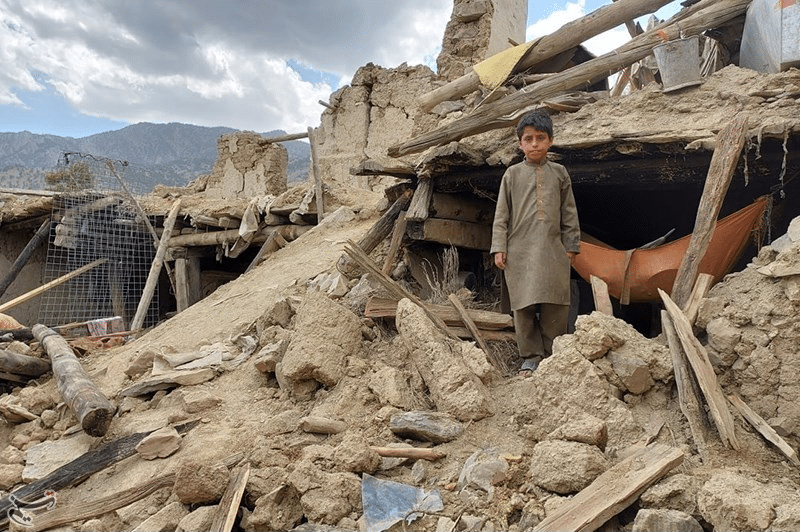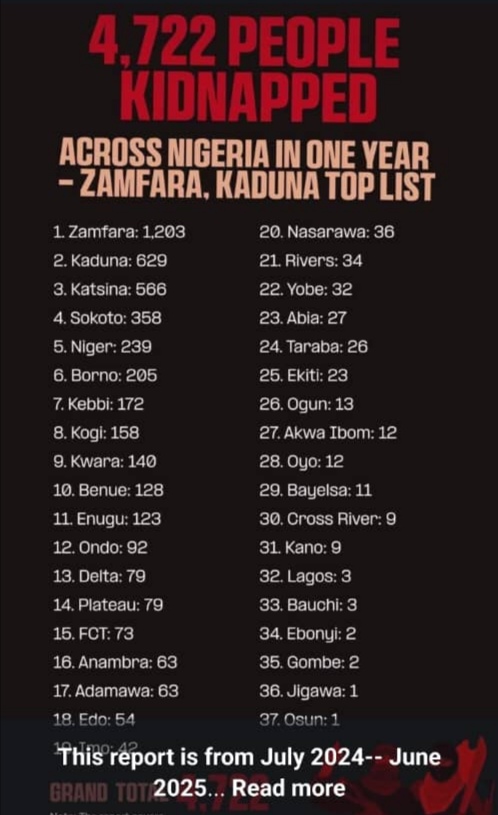The 6.0 magnitude earthquake, which struck late Sunday, hit towns in the Kunar province, near the city of Jalalabad in the neighboring Nangarhar province, causing extensive damage. The earthquake, which occurred at 11:47 pm, was centered 27 kilometers east-northeast of the city of Jalalabad in Nangarhar province, the US Geological Survey reported. It had a shallow depth of just 8 kilometers, which typically leads to more severe damage. Several aftershocks followed the initial tremor.
Footage from the scene showed rescuers taking injured people on stretchers from collapsed buildings and into helicopters, while others frantically dug through the rubble with their hands. A Taliban government spokesman, Zabihullah Mujahid, confirmed at a press conference on Monday that the death toll had risen to 800, with 2,500 injured. Most of the casualties were reported in Kunar province.
Buildings in Afghanistan are typically low-rise constructions, mostly made of concrete and brick, with homes in rural and outlying areas built from mud bricks and wood. Many of these structures are poorly constructed, making them more vulnerable to collapse during an earthquake.
One resident in Nurgal district, one of the worst-affected areas in Kunar, described the scene as nearly the entire village was destroyed. “Children are under the rubble. The elderly are under the rubble. Young people are under the rubble,” said the villager, who wished to remain anonymous. “We need help here,” he pleaded. “We need people to come here and join us. Let us pull out the people who are buried. There is no one who can come and remove dead bodies from under the rubble.”
Homes Collapsed and People Screamed for Help
Eastern Afghanistan is a mountainous region with many remote areas, and the earthquake has worsened communication in the region. One survivor recounted seeing homes collapse before his eyes, with people screaming for help.
Sadiqullah, a resident of the Maza Dara area of Nurgal, said he was woken by a deep boom that sounded like a big storm approaching. Like many Afghans, he uses only one name. He immediately ran to where his children were sleeping and rescued three of them. Just as he was about to return to rescue the rest of his family, the room collapsed on top of him.
“I was half-buried and unable to get out,” he told The Associated Press by phone from Nangarhar Hospital. “My wife and two sons are dead, and my father is injured and in the hospital with me. We were trapped for three to four hours until people from other areas arrived and pulled me out.”
Sadiqullah described the earthquake as feeling like the entire mountain was shaking.
Rescue operations have been launched, with medical teams from Kunar, Nangarhar, and the capital Kabul arriving in the area, according to Sharafat Zaman, a health ministry spokesman. Zaman added that many areas had not been able to report casualty figures and that “the numbers were expected to change” as more deaths and injuries were reported. Zabihullah Mujahid, the Taliban government’s chief spokesman, assured that “all available resources will be utilized to save lives.”
Jalalabad: A Key City Affected
Nearby Jalalabad, a bustling trade city due to its proximity to neighboring Pakistan and a key border crossing between the two countries, is also severely impacted. While the city has a population of about 300,000, its metropolitan area is believed to be much larger. Jalalabad is a major agricultural hub, known for producing citrus fruits and rice, with the Kabul River flowing through the city. The earthquake has devastated much of the area.
This disaster follows another deadly earthquake that struck Afghanistan on October 7, 2023, with a magnitude of 6.3, followed by strong aftershocks. The Taliban government estimated at least 4,000 fatalities from that quake, while the UN provided a much lower death toll of around 1,500. That earthquake was the deadliest natural disaster in recent memory in Afghanistan.
The country, already struggling with decades of conflict, faces immense challenges in the wake of this latest catastrophe. The international community and aid organizations are expected to provide crucial assistance in the coming days as rescue operations continue and the full scale of the damage becomes clearer.











